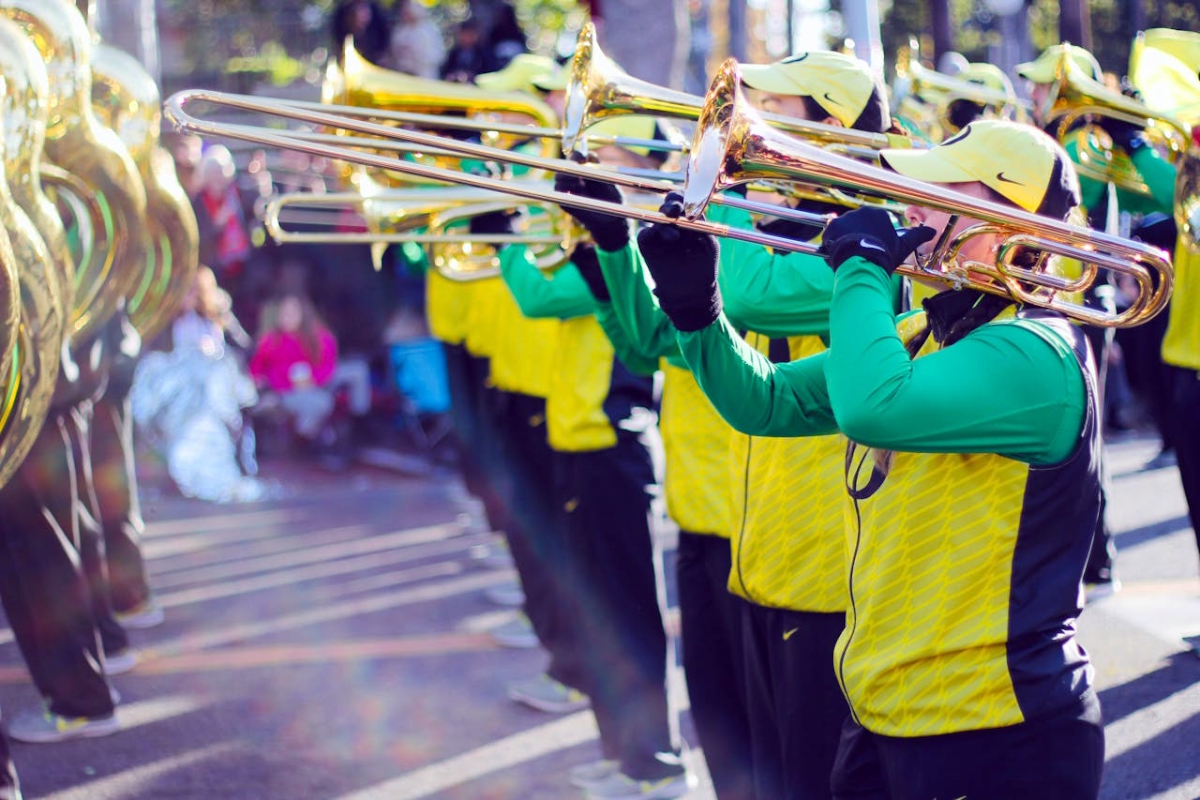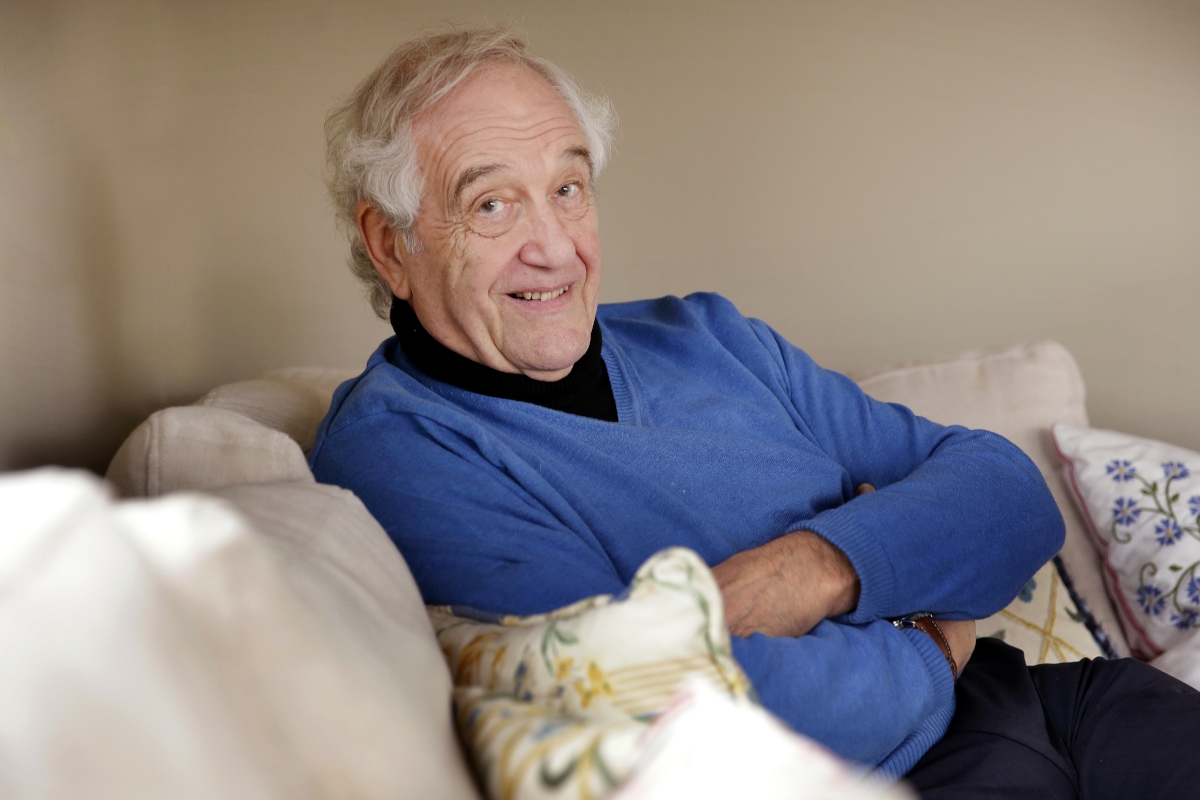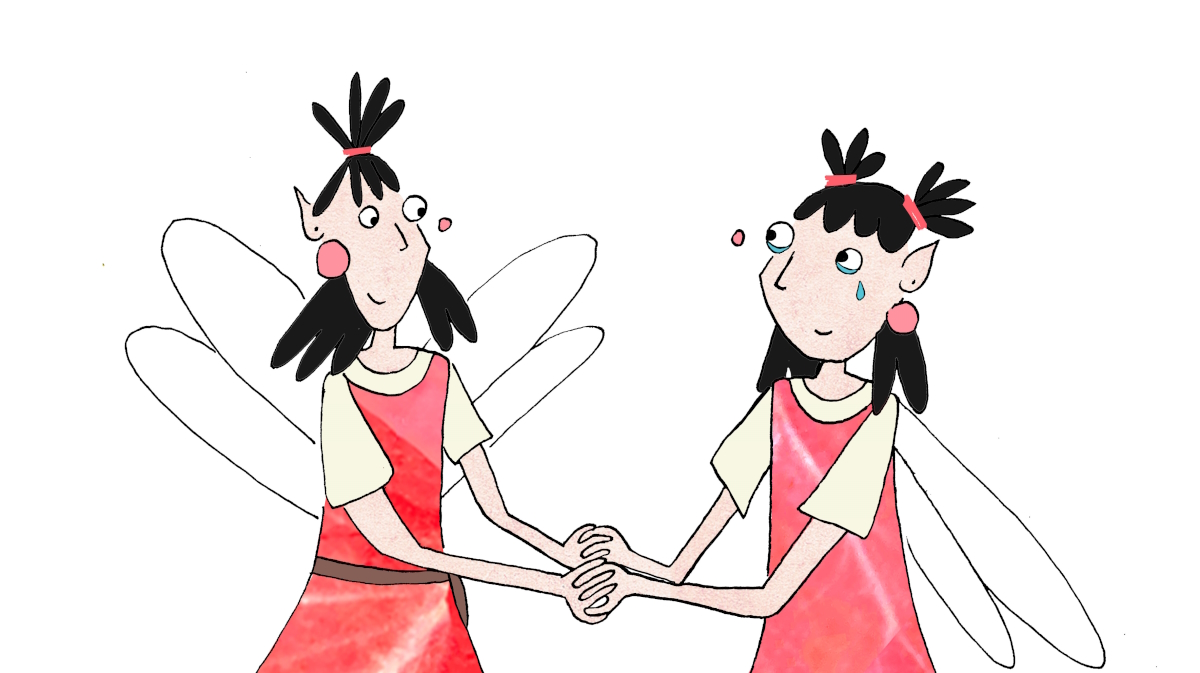
Writing Listening To Mother Came From My Medical Career
I spent 40 years working with children, most of them as a consultant paediatrician.
Children adapt to illness far more quickly than adults and frequently have a better sense of what’s appropriate for them than their parents. However, listening to their problems can be a complicated business.
The teaching hospitals where I worked decided that we should all have training as educators. For one such training session, a young lady sat in my clinic, watching and listening. After the clinic, she fed back to me her analysis of my clinical practice. I had never, until then, realised how complex a process it was!
My consulting room was always full of people. There would be the child, the parents and often some siblings. There might be three or four medical students, one or two Senior House Officers, possibly a Registrar and often a visiting doctor or academic from overseas. I would spend the initial part of the consultation taking the history, mostly from the parents if the child was small, but while watching the child all the time.
After that, often I would have a good idea of what was going on. However, I would involve the students, the doctors in training and the visiting academic at key moments. It was a juggling act, to ensure that nobody felt left out, while trying to ensure that the family felt the focus was on them.
After that, consultations seemed much more difficult.
Although I had many sub-specialty colleagues, as a general paediatrician with a background in immunology, I tended to see patients from all over the country, as well as locally, when nobody had a clue what the problem was. It was like being a paediatric Sherlock Holmes!
Recently, I decided to write down some of my more fascinating clinical stories for the general public, as some were extraordinary. They form the content of my book, Listening to Mother.
In keeping, here is one of my children’s poems. You’ll probably realise why Tilly had no hair!
Hair
This is the story of three friendly girls.
Milly had red hair,
Gilly had bed hair,
Tilly had no hair at all.
The fashion was wearing your topknot in curls.
Milly had tight ones,
Gilly had slight ones,
Tilly had no curls at all.
They wore pinafore dresses with bows at the back.
Milly looked neat,
Gilly looked sweet,
Tilly like nothing at all.
The pattern was tartan in yellow and black.
Milly was glad,
Gilly was sad,
Tilly said nothing at all.
They went for ice cream at the shop down the street.
Milly had blueberry,
Gilly had dewberry,
Tilly had nothing at all.
A gentleman passing said “Don’t you look sweet!”
Milly felt pleased,
Gilly felt teased,
Tilly felt nothing at all.
They went to the park where they played by the lake.
Milly could throw,
Gilly was slow.
Tilly did nothing at all.
They lay on the grass to enjoy a short break.
Milly was sleepy.
Gilly was weepy.
Tilly showed nothing at all.
So how to help Tilly, to make her less sad?
Milly thought ‘What?”,
Gilly thought not,
Tilly thought nothing at all.
Then both of them knew how to make Tilly glad.
Milly said “Hair!”
Gilly said “There!”
Tilly asked nothing at all.
They went to a shop to buy Tilly a wig.
Milly got busy,
Gilly chose frizzy,
Tilly was having a ball.
Her wig was so lovely she danced a quick jig.
Milly was happy,
Gilly was happy,
Tilly was happy, that’s all.





